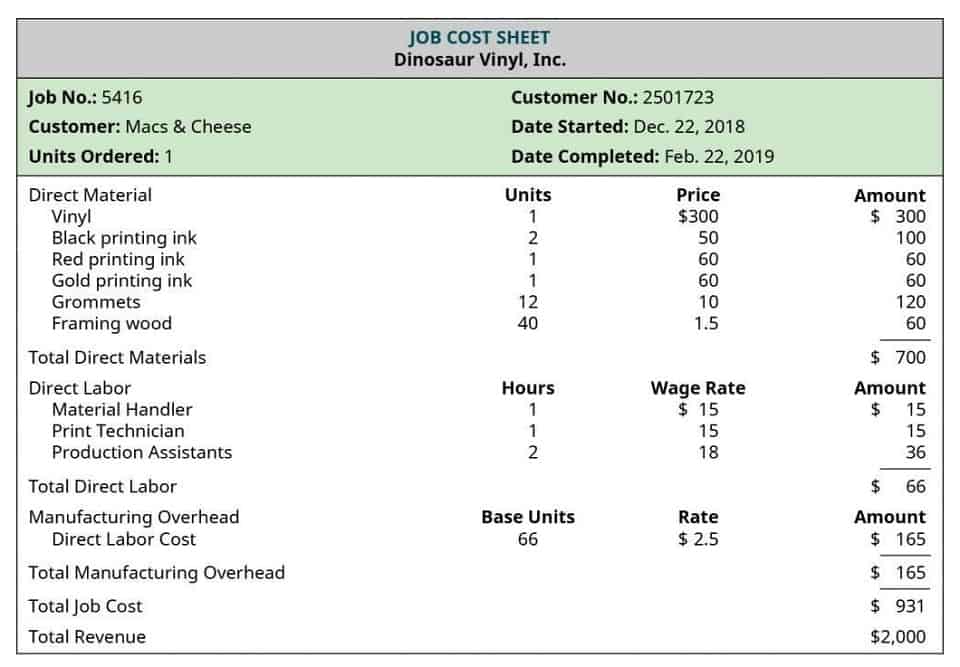
Scenarios with reduced radiative forcing due to increased mitigation action (RCP3.4) produce increased cumulative net LULCC fluxes over the 21st century, since fossil fuel emissions are substituted partly by energy from biofuel (Hurtt et al., 2020). This biofuel production causes additional cropland expansion and thus leads to net LULCC fluxes bookkeeping model from LULCC (see Fig. S3c). Still, the total carbon emissions are expected to be larger in the baseline than the RCP3.4 scenarios. Annual growth rates of atmospheric CO2 show large interannual variations (IAV) that are dominated by changes in the net carbon balance of the land ecosystem1 (Snet, with a positive sign indicating a carbon sink).

Such age thresholds were consistent with the reported secondary forest ages that reached a similar status as intact forests from field investigations45. To maximize the consistency with the HN2017 study, we further adjusted the composition of global intact and secondary forests, according to the HN2017 bookkeeping model at the end of the baseline simulation (i.e., 81% primary versus 19% secondary forests for the year of 2015, see Supplementary Note 4). Wood harvesting practices in Borneo and Indonesia are particularly relevant drivers of emissions, as widespread practice of selective logging and clear-cutting results in considerable loss of biomass and carbon uptake capacity (Carlson et al 2012, Gaveau et al 2014, Kemen-Austin et al 2015). Wood harvest practices result in forest-degradation and deforestation and can also create increasingly fragmented forests, but the effects of fragmentation, which are largely ignored, can amount to carbon emissions of 0.12–0.24 Pg C yr−1 across all tropical forests (Pütz et al 2014).
How a Bookkeeper Is Different Than an Accountant
A common underlying source for the change in forest area used in the bookkeeping and inventory approaches (FAO-FRA, EDGARv3.1) comes from country-level FAO-FRA reporting. The inventory approaches utilize IPCC (2006) Tier 1 methods (Ruesch and Gibbs 2008) to estimate LULCC emissions at the country level by the difference in carbon gained from biomass growth and carbon lost from deforestation. The bookkeeping model and EDGARv4.3 both include carbon emissions from peatland fires.

Figure 5Cumulative net LULCC flux for the period 1850–2014 from REG1700 (a) as well as the difference HI1700 – REG1700 (b) and LO1700 – REG1700 (c). © 2024 KPMG LLP, a Delaware limited liability partnership and a member firm of the KPMG global organization of independent member firms affiliated with KPMG International Limited, a private English company limited by guarantee. Some or all of the services described herein may not be permissible for KPMG audit clients and their affiliates or related entities. The information contained herein is of a general nature and is not intended to address the circumstances of any particular individual or entity.
net into managed versus intact land
If you’re considering becoming a bookkeeper, read our guide to learn how to start a bookkeeping business in 2024. We’ll cover everything from the legal side of registering a new business to pricing, marketing and more. The adjusting entries will require a person to determine the amounts and the accounts. Without adjusting entries the accounting software will be producing incomplete, inaccurate, and perhaps misleading financial statements. The accounting software has been written so that every transaction must have the debit amounts equal to the credit amounts. The electronic accuracy also eliminates the errors that had occurred when amounts were manually written, rewritten and calculated.

A yield locus is found based on a mean yield surface and a standard deviation of yield points obtained from 15 realizations of the four-void unit cells. It is found that the classical GTN model very closely agrees with the mean of the yield points extracted from the unit cell calculations with random void distributions, while the standard deviation S varies with the imposed stress state. It is shown that the standard deviation is nearly zero for stress triaxialities T ≤ 1 / 3, while it rapidly increases for triaxialities above T ≈ 1, reaching maximum values of about S /σ0 ≈ 0 .
Bookkeeping in the Old Days
The temporal evolution of the cumulative net LULCC flux from the IC and Trans experiments (not shown) confirms that crossing points originate from the variability of LULCC activities, because they only occur in Trans and not in IC experiments. Furthermore, both harvest and pasture expansion exhibit larger cumulative net LULCC flux in LO than HI experiments (Fig. 4b and d). Global crossing points in total net LULCC flux (Fig. 2), corresponding to larger cumulative net LULCC flux in LO than HI experiments, are thus likely due to pasture expansion and harvest.







No Response to "A micro-mechanics based extension of the GTN continuum model accounting for random void distributions NASA ADS"